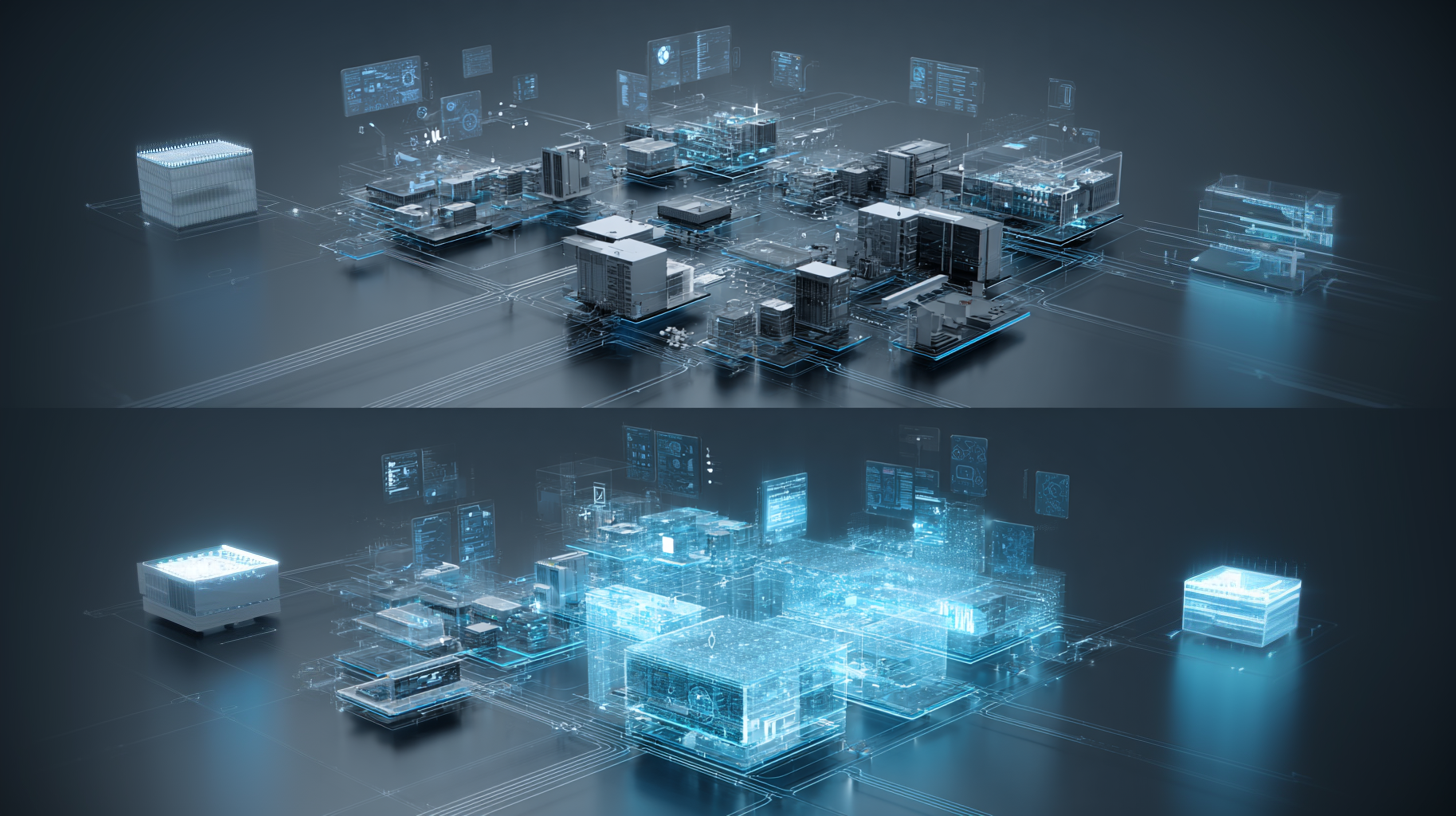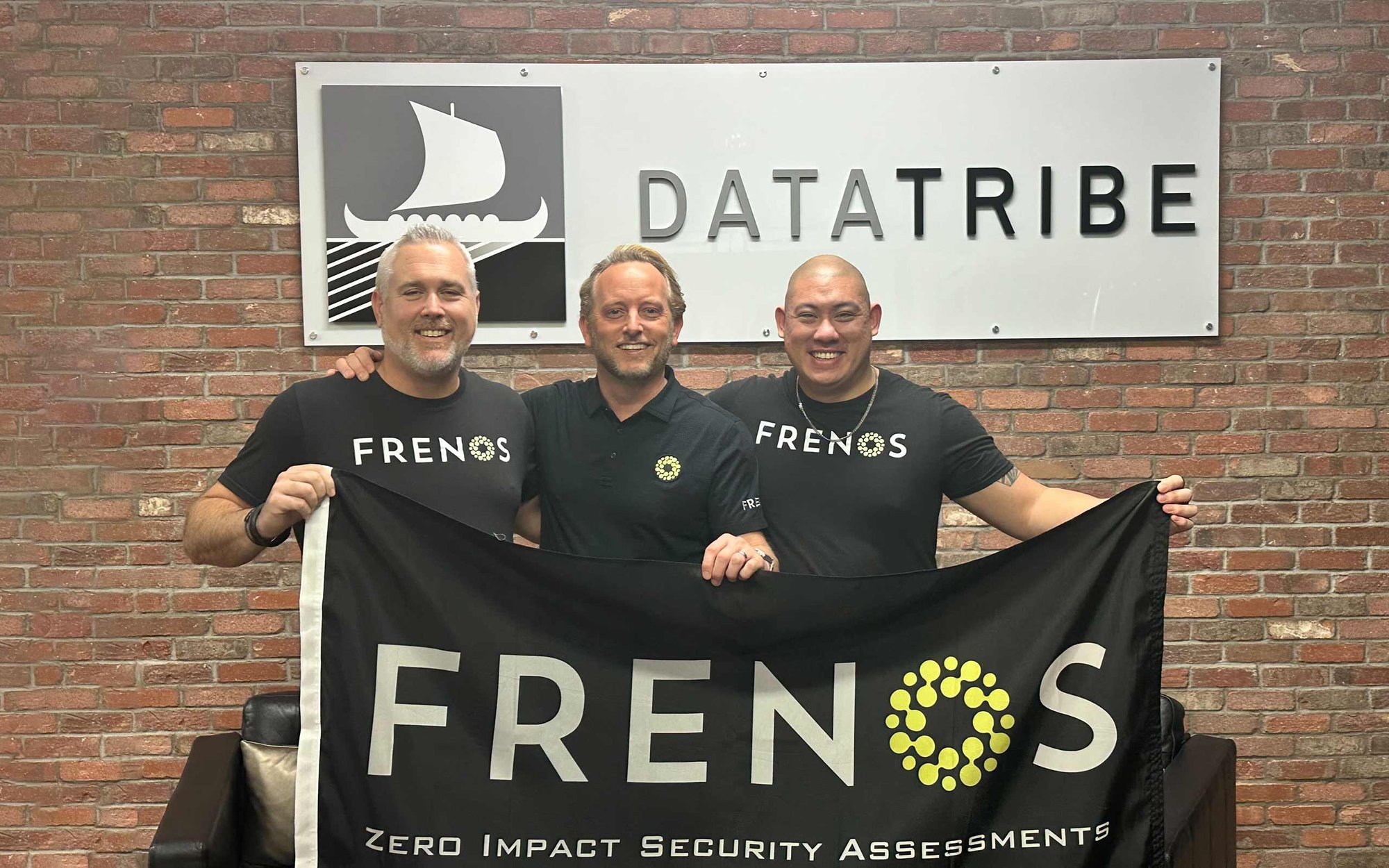Simulate and visualize potential attack paths through your industrial networks
Using Technology to Secure Your Technology
It's 2025. OT cybersecurity isn't new, but its mainstream relevance is. As Robert M. Lee (founder and CEO of Dragos and the first advisory board member of Frenos) pointed out in a recent interview, early industry pioneers were simply trying to map out what existed in the OT environments they were tasked to protect.
"Initially, it was all about visibility—understanding what you have. But today, we're far beyond just identifying assets; now, it's about operationalizing that data for strategic decision-making."
This evolution reflects broader shifts in technology and executive awareness. Modern OT networks are no longer isolated systems. They're deeply integrated with IT systems, cloud platforms, and third-party vendors. Innovations in AI-driven analytics and risk prioritization platforms like Frenos are transforming how organizations approach the intersection of security and business operations. What does that approach look like? Here are some key elements of the environment:
- Protecting Critical Infrastructure:
OT systems control essential services like power grids, water treatment, and transportation, so their security is vital. - Ensuring Operational Continuity:
OT security prevents disruptions that can lead to financial losses, operational challenges, and even threats to public safety. - Identifying and Mitigating Vulnerabilities:
Regular assessments help identify weaknesses and risks, allowing proactive measures to be taken.
Now that we have nominally defined today's OT Cybersecurity environment, let's talk about the strategies and weapons we have to defend ourselves. We like the term "OT Security Posture Management":
OT security posture management is the continuous process of evaluating and improving an organization's security measures to protect its operational technology (OT) environment, ensuring the safety, reliability, and availability of critical infrastructure.
Let's break that down a bit.
- OT Security focuses on safeguarding industrial control systems and the hardware/software that manage critical infrastructure.
-
Security Posture represents an organization's overall OT cybersecurity readiness, encompassing systems, networks, policies, and controls.
- Vulnerability Management involves continuous monitoring, assessment, and improvement of security measures to adapt to evolving threats.
- OT Security Posture Management (OTSPM) is the process of continuously monitoring industrial environments for security threats and mitigating them.
An Integrated Approach
One of the most significant challenges we face is that OT environments face increasingly sophisticated threats while managing complex legacy systems that often can't be readily updated or taken offline.
The integration of digital twins and AI reasoning agents is revolutionizing how organizations manage their OT security posture, providing unprecedented visibility, proactive defense, and decision support.
Virtual Twins for Real-World Security
Digital twins create virtual replicas of physical OT environments, enabling a number of significant benefits:
- Risk-Free Security Testing: Organizations can simulate attacks and test defensive measures without disrupting production environments.
- Continuous Vulnerability Assessment: By mirroring the actual OT environment, digital twins allow security teams to identify vulnerabilities in system configurations without touching critical infrastructure.
- Impact Analysis: Security teams can predict the potential impact of both threats and remediation efforts before implementation.
- Behavior Monitoring: By comparing expected behavior in the digital twin with actual behavior in physical systems, anomalies that may indicate security breaches can be quickly identified.
Rethinking Digital Twins for OT
Here at Frenos, we utilize a digital twin and AI reasoning agent to create an autonomous OT security assessment platform, enabling organizations to proactively assess and mitigate cybersecurity risks in critical infrastructure with zero operational impact.
Perhaps our most significant technical breakthrough lies in our patent-pending approach to digital twin technology. Traditional digital twins often require substantial computational resources, making them impractical for many OT environments. We faced a fundamental challenge: how do you create an accurate representation of complex OT environments while running on commodity hardware?
Our solution required rethinking the entire approach to digital twin architecture. We developed novel techniques for efficient representation and analysis that can run on standard hardware configurations. This wasn't just about optimization—it required developing new approaches to modeling and analysis that could maintain accuracy while dramatically reducing resource requirements.
Autonomous Security Intelligence
AI reasoning agents complement digital twins by providing:
- Contextual Threat Analysis: Advanced reasoning capabilities help interpret complex threat patterns that might otherwise go undetected.
- Automated Response Recommendations: When threats are detected, AI agents can recommend appropriate responses based on comprehensive analysis of the potential impact across the OT environment.
- Continuous Learning: As new threat intelligence emerges, AI reasoning agents adapt their models to recognize novel attack patterns.
- Decision Support: Security teams receive prioritized, actionable insights rather than overwhelming alert volumes.
An OT Security Brain (Not Just Another Scanner)
SAIRA (Frenos' Simulated Adversary Intelligence Reasoning Agent) represents a fundamental shift in how to approach OT security assessments. Rather than building yet another vulnerability scanner or threat detection tool, we engineered a system that combines multiple AI and ML models to reason about critical infrastructure defense holistically. The key innovation isn't just in the models themselves but in how they work together to augment human expertise across the entire assessment and defense lifecycle.
The Force Multiplier
So, in summary, here's how it works.
Frenos creates a digital network twin of an organization's operational technology (OT) environment, allowing for simulations of potential attacks without affecting live systems. We then employ AI to analyze the digital twin and identify possible vulnerabilities and attack vectors, providing insights into the most likely threats.
By combining the digital twin and AI, Frenos enables organizations to perform continuous security assessments, identify vulnerabilities, and prioritize risk mitigation efforts. Our platform is designed to have minimal impact on ongoing operations, allowing organizations to conduct security assessments without disrupting critical processes.
This results in:
- Reduced Assessment Time: The platform reduces the time required for OT security assessments from months to minutes.
- Prioritized Risk Mitigation: Frenos helps organizations focus on the most critical vulnerabilities and risks.
- Enhanced Security Posture: By continuously assessing and mitigating risks, Frenos helps organizations strengthen their overall security posture.
- Cost and Time Savings: The platform helps organizations save time and resources by automating security assessments and prioritizing risk mitigation efforts.
The integration of digital twins and AI reasoning agents represents a paradigm shift in OT security posture management, moving to preemptive defense and intelligence-driven protection of critical infrastructure. Doesn't your OT environment deserve the strongest defense with the lowest resource utilization? Contact us at Frenos to find out how to make that happen.






.jpg)
